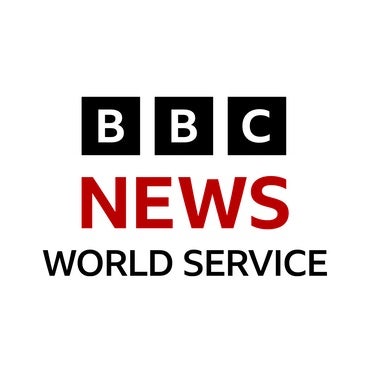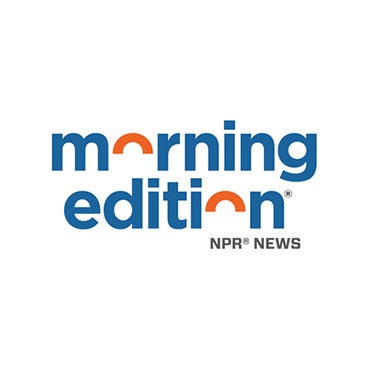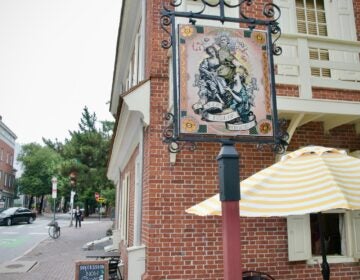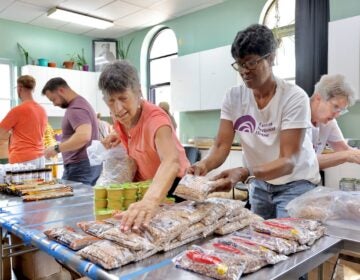How Philadelphia’s colonial-era taverns helped shape early American life
Ahead of the U.S. semiquincentennial, WHYY is exploring the city’s brewing roots.
Listen 5:46
Patrons of A Man Full of Trouble historic tavern, patrons enjoy beer and company. (Emma Lee/WHYY)
From Philly and the Pa. suburbs to South Jersey and Delaware, what would you like WHYY News to cover? Let us know!
Philadelphia is considered one of the earliest brewing centers in the United States, where colonial-era taverns played a key role in commerce, culture and politics.
WHYY “Morning Edition” host Jennifer Lynn spoke with beer historian Rich Wagner, who will lead a walking tour this month for WHYY listeners through the city’s historic brewing and tavern sites.
The tour is one of several events scheduled to take place in advance of the nation’s 250th anniversary.
___
Jennifer Lynn: How important was beer in daily life for the early Philadelphians?
Rich Wagner: It was a staple. Sometimes they call beer “bread in a bottle.” It was nutritious, it had vitamins and it had a little bit of alcohol. Again, depending on your purse, the stronger beer cost more. The table beer that was only maybe 2 or 3% alcohol was just like drinking seltzer water today.
JL: Yeah, and speaking about water — why do I think that people drank beer instead of water?
RW: People didn’t trust the water. Though you did have wells, if you lived in an area, you knew where good water was.
JL: Who was drinking the beer? Was it more common among men, women, the regal? The masses?
RW: I think everybody. I mean, there were probably people that did not drink alcohol, but beer, wine, spirits — just like today. You have a certain demographic: people that don’t like beer, they like to drink gin, or they like to drink rum. There are also people that only like to drink beer.

JL: And I’m having trouble with referring to where people drank — pubs, taverns. What’s the terminology here?
RW: Tavern’s a good descriptor. Some taverns served food, some taverns didn’t. Some taverns were more like a hotel. You could have food and drink and a place to stay, a place to board your horse for the night — all that. So there were different scales of things. Whereas a tavern — or a tippling house, what they called a tippling house — might be someone’s house that had been converted. As for a pub, what is the ordinary? It was, as the name suggests, nothing special. It served alcoholic beverages, and later, coffee, maybe hot chocolate, or something like that. Frequently, they would have food as well.
JL: OK, like the early mini mart?
RW: Something like that, with beer.
JL: Well, some of them have beer now, yeah. What role did pubs and taverns and other places that sold beer play in the community of early Philly?
RW: They served the same function that they do today. It’s a place for people to get together, unwind after a long, hard day at work, talk to their friends, meet new people, kick back a little bit and relax. For example, the London Coffee House down at Market and Front Street — they would have newspapers from all over the world, or all over the colony. You could buy tickets to social events there. The guy that ran that tavern was also a printer. He had a bookstore next to the pub where you could buy books and so forth. So they served a lot of functions. They were also stagecoach stops — you could get a ticket for the stage, or you could catch the stage there. On Elbow Lane, there was one called the Ball Tavern. And so, the ball out front — if it was raised up, it meant there was nobody waiting for the coach, and the coach could just go by. If the ball was down, then it would stop and let passengers on and off. That was later adopted by the railroads. The train could go “highballing” through the stop because the ball was raised up high. And then later, they had a drink named after it.
JL: Of course, the highball. You know, Rich — let’s talk about the lay of the land: the tavern district in Philly, and some of the names of the streets.
RW: Well, the city basically was from South to Vine, and from the riverfront to about Third. When you think of Old City, you know that’s where all these things were. Some of the streets still have names that are named for taverns — like Black Horse Alley, Strawberry Street or Strawberry Alley. That’s just a couple of them.
JL: I’d love to hear some of the names of the taverns. You mentioned the London Coffee House as being significant.
RW: One of the reasons that the London Coffee House was so significant was because it was at the end of the market. So there was a twice-weekly market on Market Street that stretched for three or four blocks. At the other end of the market, you had the Indian King Hotel, the Indian Queen Hotel. There’s an alley — I think it’s called Church Alley today — but that’s where the Pewter Platter Tavern was. That’s where Ben Franklin and his group would have these philosophical discussions and debates, and so forth.
JL: So we had a beer economy?
RW: First brewery — 1683, 1685, I never remember — was on Walnut Street and Front Street. And then within 20 or so years, you had maybe half a dozen breweries along Dock Creek. Now, that’s in the early days — that’s still in the 1600s. So that was the center. That was what I call Philadelphia’s first brewery town. As time went on, the breweries were all over the place. I made a map. There were 70 breweries that came and went up until about 1800 in that area between Front and Third, and Vine and South.
JL: Well, lots of great things, and we’ll learn more when we go on a walk with you later this week. Philadelphia beer historian Rich Wagner, thank you for your time.
RW: Thank you.

Get daily updates from WHYY News!
WHYY is your source for fact-based, in-depth journalism and information. As a nonprofit organization, we rely on financial support from readers like you. Please give today.






